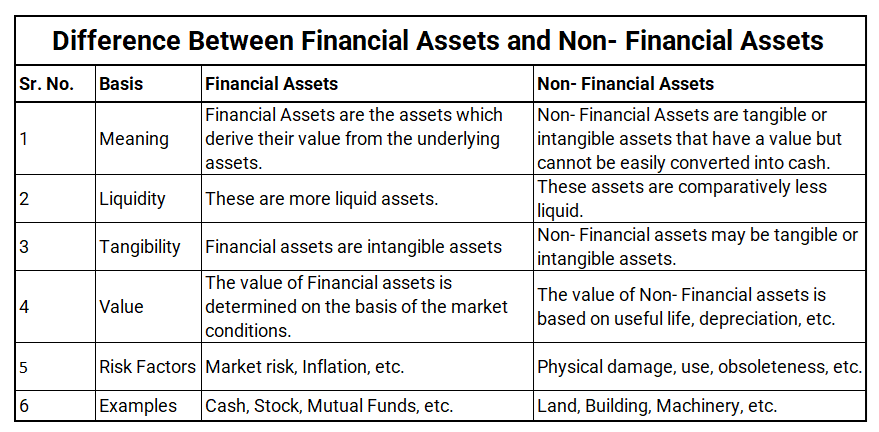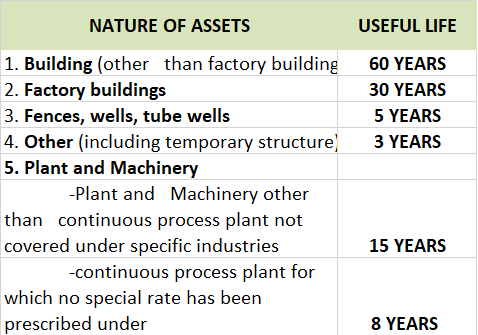The term ‘bad debt’ and ‘write off’ are often used together in a sentence but they have different meanings. First, we will discuss them in brief to understand the differences between them. Bad debts We know, debtors for a business are their assets because the business has the right to receive moneyRead more
The term ‘bad debt’ and ‘write off’ are often used together in a sentence but they have different meanings. First, we will discuss them in brief to understand the differences between them.
Bad debts
We know, debtors for a business are their assets because the business has the right to receive money from the debtors due to the goods supplied to them.
But if due to circumstances, there appears no probability that the amount due to one or more debtors will be realised to the business, then such debts are categorised as bad debts.
In short, bad debts refer to the amount of money that will not be received from some debtors of the business due to some circumstances like insolvency of debtor etc.
Bad debt is deducted from debtors account by the following journal entry:
| Bad debts A/c | Dr. | Amt |
| To Debtors A/c | Cr. | Amt |
| (Being bad debts written off from debtors) |
As bad debts are losses to a business, it is ultimately written off from the profit and loss account.
| Profit and loss A/c | Dr. | Amt |
| To Bad debts A/c | Cr. | Amt |
| (Being bad debts written off to profit and loss account) |
Write off
In layman terms, write off means to deduct something out from something. In accounting, write off means to deduct or reduce value of assets by crediting it to a liability account which is usually a reserve account or the profit and loss account.
It also refers to the elimination of an item from the books of accounts particularly losses and expenses.
Generally, writing off is associated with the following:
- Bad debts.
- Damaged Inventories.
- Loss on issue or redemption of debentures.
- Preliminary expenses.
- Bad loans and advances.
Write off can be done in one of the following methods:
- Direct write-off: The write off is directly done by crediting asset account or loss account and debiting the reserve or P/L account.
- Indirect write-off: Here, an intermediate account is involved between the asset account and liabilities account. A common example is writing off of bad debts where the bad debts account is the intermediate account.
Hence, the following differences can be observed between bad debts and write off or writing off:






Capital Expense Capital expenses are incurred for acquiring assets including incidental expenses. Such expenses increase the revenue earning capacity of the business. These are incurred to acquire, upgrade and maintain long term assets such as buildings, machines, etc and are non-recurring in natureRead more
Capital Expense
Capital expenses are incurred for acquiring assets including incidental expenses. Such expenses increase the revenue earning capacity of the business. These are incurred to acquire, upgrade and maintain long term assets such as buildings, machines, etc and are non-recurring in nature.
Revenue Expenses
Revenue expenses are incurred to carry on operations of an entity during an accounting period. Such expenses help in maintaining the revenue earning capacity of the business and are recurring in nature.
These include ordinary repair and maintenance costs necessary to keep an asset working without any substantial improvement that leads to an increase in the useful life of the asset.
Suppose, company Takeaway ltd. purchases machinery for 50,000 and pays installation charges of 10,000. Salary of 15,000 is paid to the employees and existing machinery is painted costing 8,000. Here, the cost of machinery 50,000 and installation charges of 10,000 are treated as capital expenditure and the salary of 15,000 and painting cost of 8,000 is treated as revenue expenditure.
Identification
Points to categorize an expenditure as Capital or Revenue are as follows:
For example, a company Motors ltd. purchases furniture for 65,000, repays loans amounting to 1,00,000 and pays salary of 25,000.
Here the company creates an asset of 65,000 and reduces liability by 1,00,000 as shown below and therefore is considered as capital expenditure.
However, payment of salaries neither creates assets nor reduces liability. It only reduces profits and therefore is considered as revenue expenditure.
For example, a company Stars ltd purchases machinery for 1,20,000, furniture for 35,000 and has a rental expense of 80,000.
Here, the purchase of machinery is capital expenditure since it results in higher expense. However, the purchase of furniture cannot be regarded as a revenue expense and payment of rent cannot be regarded as a capital expense only because the rental expense is higher than the amount expended for the purchase of furniture.
For example, a company Caps ltd. purchases land for 1,00,00,000 on an equal monthly installment basis. Then such payments cannot be considered as revenue expense only because the payments are recurring. Since the installments are paid in lieu of the purchase of land which is a long term asset, the payments will be considered as capital expenditure.
For example, a company Marks Ltd. purchases machinery directly from the manufacturer for 50,000. For the manufacturer, the proceeds from the sale of machine are revenue in nature but the amount expended by Marks Ltd. will be categorized as capital expenditure.
Following conclusion can be inferred from the above explanation:
*Such transactions may or may not hold true as explained above.
See less